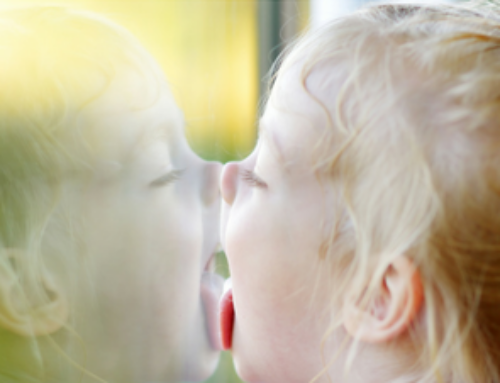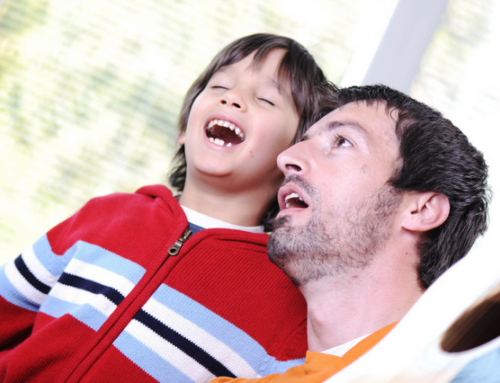Primitive reflexes are reflex actions originating in the central nervous system that are exhibited by infants and toddlers. These reflexes integrate or develop into a mature response as a child moves through normal child development. However, if a child does not spend enough time in a developmental stage; stress occurs during a particular developmental stage or some other genetic factor interferes with movement; the reflex may not become fully integrated. Chronic stress or trauma at any point of life can shift the brain back into functioning from the lower levels of the brain. Lack of integration can interfere with a person’s emotional, social, physical or learning abilities. Often a person will find a way to work around the un-integrated reflex; however this creates unnecessary stress or difficulty in one’s life. At any age, a person can work through the developmental stage, integrating the reflex. This can lower stress and make various aspects of life easier.
Primitive reflexes are automatic, stereotyped movements directed from the brain stem (the most basic part of the brain). These movements begin to develop while in utero assisting in the birthing process and once born assist in our survival in dealing with the new sensory stimulus we encounter. baby girl in crib with hand to face
These reflexes should be active for a limited time, eventually being controlled by the higher centers of the brain. This will allow for more sophisticated neural structures to develop leading the way for more voluntary responses and skills.
If these reflexes stay active beyond their innate time this signifies an immaturity of the central nervous system. Prolonged primitive reflex activity will also interfere with postural reflex development and/or integration. This will usually interfere with the maturity development of systems and behavior patterns.
Prolonged reflex activity indicates poor neural networks and network organization. Depending on the degree of reflex activity this poor organization can affect both gross and fine motor coordination; sensory perception; cognitive functioning and emotional control. When proper connections have been made the lower levels of functioning have been integrated; higher levels of functioning are automatic instead of labored. The integration of a reflex often correlates with the acquisition of new skills.
It has been found that the early movement patterns of children hold within them the natural maturation pathway for each reflex. At any point in life if the movements correlating to a still active reflex within in a person are practiced daily, the brain can then properly integrate the reflex. This then allows the brain to make new neural connections to higher levels of functioning allowing many previous academic, physical and emotional challenges to disappear.
This means that by engaging in particular movements daily; a person may increase their abilities physically, mentally and emotionally. Consistency is the biggest factor to success and even just 10-15 minutes a day can make a huge impact.





